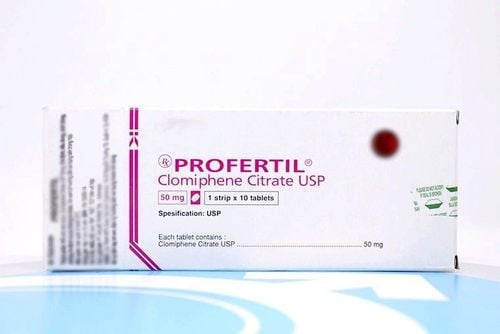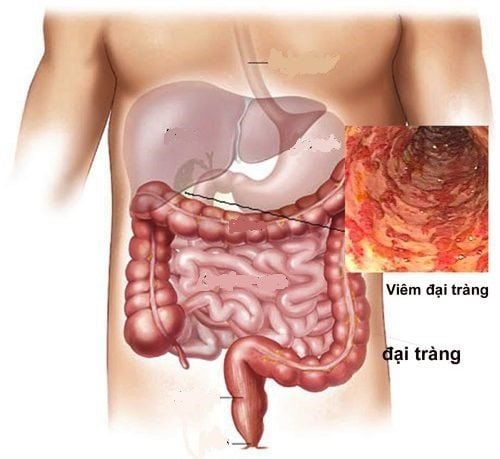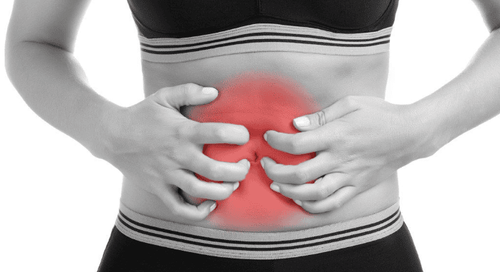This is an automatically translated article.
The article was professionally consulted by Specialist Doctor I Tran Thi Phuong Loan - Obstetrician and Gynecologist - Department of Obstetrics and Gynecology - Vinmec Phu Quoc International General HospitalOvarian cysts and polycystic ovaries are both diseases that occur in the ovaries. These two diseases are completely different, it is necessary to distinguish in order to have knowledge to help treat the disease more effectively.
1. Causes and symptoms
2. Diagnosis of disease
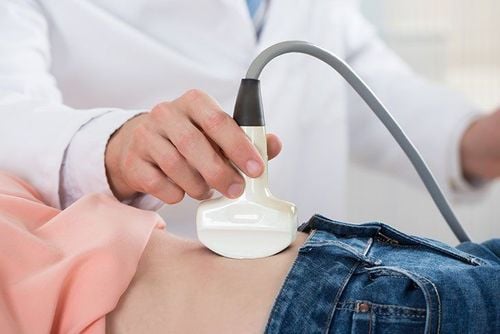
Siêu âm là tiêu chuẩn chẩn đoán để phân biệt u nang buồng trứng và buồng trứng đa nang
Ultrasound is the diagnostic criterion to distinguish these two diseases. Through ultrasound images, the difference between cysts and changes in ovarian function was confirmed. From there, help the doctor give the right treatment measures.
2.1 Ovarian cyst If an ovarian cyst is suspected, the doctor may order additional tests:
Ultrasound: This non-invasive imaging can reveal the shape, size, The nature of the fluid inside and the location of the cyst. At the same time, it helps to distinguish ovarian cysts from tumors in other locations such as uterine fibroids, water cysts near the fallopian tubes. Magnetic resonance imaging (MRI) or computed tomography (CT scan) may be ordered if needed. 2.2 Polycystic Ovaries Ultrasound: Like ovarian cysts, ultrasound allows a comprehensive picture of the ovaries. If you have polycystic ovaries, the ultrasound image will include 12 cysts 2-9mm in size and an increase in ovarian volume >10cm3. Blood test: Results show LH > 10, LH/FSH ratio > 2, androgen (testosterone) > 2.5 nmol/l or > 1.5ng/ml. According to European standards, ultrasound is considered the “gold standard” for diagnosis. In Vietnam, to diagnose in addition to ultrasound, it is also combined with one or more other accompanying symptoms. Today, to unify the diagnosis and treatment, the medical doctors based on ESHRE ASRM Rotterdam Consensus 2003:
Criterion 1: Menstrual disorder (menorrhagia or amenorrhea, menstrual cycle > 35 days, amenorrhea > 6 months). Criterion 2: Hyperandrogen with hirsutism, acne. Criterion 3: Ultrasound on the 2nd - 5th day of the menstrual cycle or the 3rd day of the artificial cycle is having 12 follicles 2-9mm in size and increased ovarian volume >10cm3, expressed in at least one ovary. egg. When 2/3 of the above criteria are present, it is diagnosed as polycystic ovary.
3. Treatment of disease
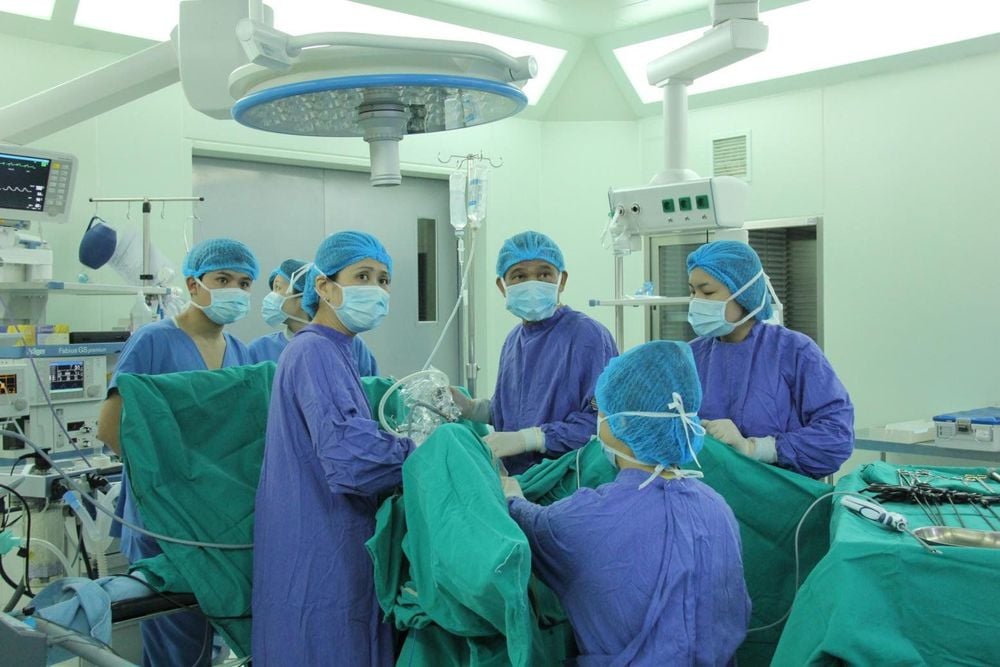
Có thể thực hiện phẫu thuật nội sọi để điều trị bệnh
Due to the nature of the disease and the effects of ovarian cysts are milder than those of polycystic ovaries, the treatment of the disease will be less complicated. For ovarian cysts, monitoring for progression and prevention of complications is a priority. Meanwhile, treatment of infertility and insulin resistance is preferred for PCOS.
3.1 Ovarian Cysts Disease Monitoring Compare tumor images before and after the menstrual cycle by repeating the postmenstrual ultrasound to see if the tumor has changed in nature or size. Ovarian functional cysts usually disappear on their own after 1-2 menstrual cycles without treatment. Perform surgery Surgery is performed when the tumor is growing rapidly or when cancer is suspected or the tumor has symptoms of compression. Based on the preoperative assessment, the doctors advise and choose the appropriate surgical method: laparoscopic or open laparotomy, ovarian tumor removal or adnexectomy, hysterectomy if accompanied by medical conditions requiring treatment. treat. 3.2 Polycystic ovaries Medical treatment: Lose weight to reduce fat, reduce insulin resistance; Metformin is used for the purpose of reducing insulin resistance by activating factors that transport glucose into liver and muscle cells, reducing insulin resistance in the peripheral blood, helping to balance blood glucose levels. In addition, metformin does not increase insulin secretion, so it does not lower blood sugar, which is safe for patients. At the same time, Metformin also helps to re-establish the menstrual cycle, increase the chances of ovulation and pregnancy, reduce the risk of diabetes; decreased androgen levels in the blood. Use metformin for infertile women at a dose of 100mg - 1500mg/day, usually 4-6 weeks or 3 months, depending on the patient's condition. Surgical treatment: The proposed methods are ovariectomy, orange segmentation. However, surgical complications, and postoperative complications such as postoperative adhesions, causing premature ovarian failure can also occur. Today, people have improved to the technique of burning the ovaries through laparoscopic surgery. This is a new technique with high efficiency, increasing the rate of inducing ovulation, having regular menstrual cycle and ovulating after surgery. ovary.
Please dial HOTLINE for more information or register for an appointment HERE. Download MyVinmec app to make appointments faster and to manage your bookings easily.





